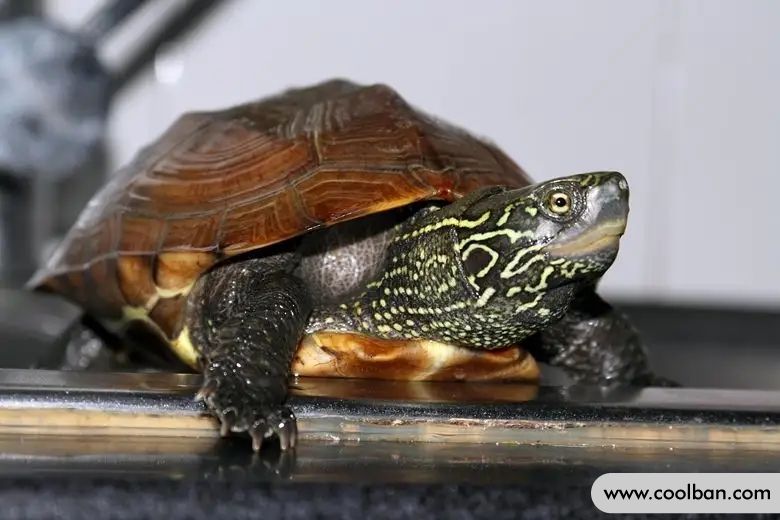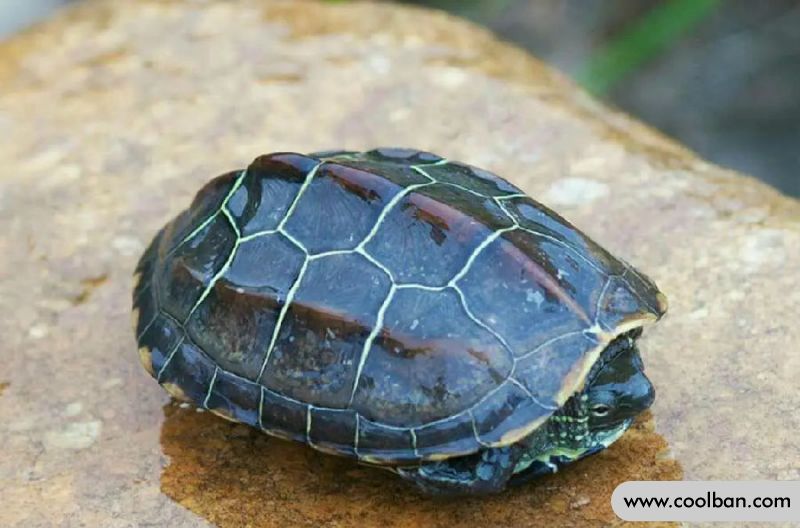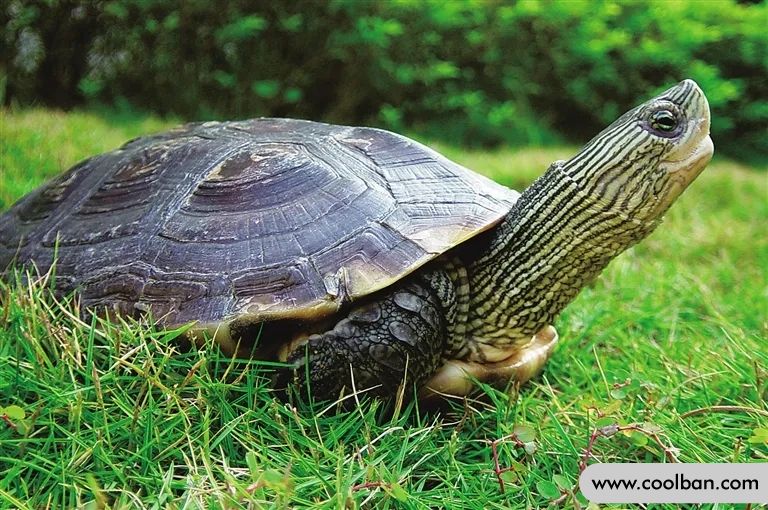Feeding knowledge of Chinese flower turtle
The Chinese flower turtle is an entry-level aquatic turtle species. Although the number of wild individuals is rare, after artificial breeding, there are many artificially bred individuals on the market.
The appearance of the Chinese flower turtle is very similar to the Chinese turtle, so the Chinese flower turtle is also known as the Taiwan tortoise. The carapace of the Chinese flower turtle also has three edges, the shape of the carapace is often oval, and the head has many patterns, just like a loofah.
The Chinese flower turtle is a relatively common species of water turtle, and its feeding and care are not very complicated. However, the breeding of Chinese flower turtles should pay attention to some details to avoid illness and ensure their healthy growth.

Knowledge of Chinese flower turtle breeding
The Chinese flower turtle is highly aquatic and lives in low-lying, slow-flowing ponds, swamps, and streams. After being frightened, it dives to the bottom of the water, but it is also drought tolerant and can survive in dry places. Temperament is docile, occasionally aggressive, does not bite, general adaptability, and strong vitality. Chinese sea turtle strip-necked turtles have the habit of living in groups, usually two caves side by side, and there are often seven or eight per cave. The Chinese flower-necked turtle is a warm-blooded animal whose activity is affected by temperature. The hibernation period is from November to March of the following year, and activities begin in April.
When the water temperature is about 10°C, the Chinese flower turtle enters the hibernation period; when the water temperature is about 15°C, it will crawl slightly; when the water temperature is about 20°C, it can move and eat; when the water temperature is higher than 22°C Activity and food intake increased. Omnivorous habit, can be fed pork, feed, fish, shrimp, etc. under daily feeding conditions, especially millet shrimp, fed 3 times a week, each feeding amount is 5% of the tortoise body weight, or can be appropriately increased, But it can't be increased suddenly, it should be gradually adapted to avoid indigestion.

The Chinese flower turtle does not have very high requirements on the living environment, but it needs a good water quality environment. In general, the water in which turtles are raised should be exposed to sunlight. Water that has not gone through this step can easily cause decay of the carapace and skin, which can lead to death in severe cases.
The Chinese flower turtle is heated with a heating rod in winter, and the temperature is kept between 26 degrees and 30 degrees, which can grow well. The feces should be cleaned up in time and sucked out with a straw to avoid polluting the water quality. The Chinese flower turtle is also an omnivorous turtle. During daily feeding, you can feed some small fish, small shrimp, some fruits and green leafy vegetables. When feeding, you should pay more attention to observation and adjust in time. The maintenance of food intake should be gradual and regular, and excessive feeding will easily accelerate the pollution of water quality and cause indigestion.

Chinese flower turtles have high requirements for water quality. If it is fed directly with tap water, it is prone to diseases such as rotten skin and rotten nails. It is best to trap the tap water for more than two days. When the weather is nice, let the turtle get more sunlight. Both Chinese flower turtles and Brazilian turtles are easy to raise and are very suitable for beginners to raise.
The Chinese flower turtle has no special requirements for the choice of food. Unlike other turtles, the Chinese flower turtle prefers to eat some meat. Although it can eat some turtle food, it cannot satisfy all its nutrients, so feed some fish etc.
Chinese flower turtles can be fed pork, fish, shrimp, etc., especially millet shrimp, 3 times a week, each time the amount of food is 5% of the turtle's body weight. It can also be increased appropriately, but not suddenly. Gradually, it gradually adapts so as not to cause indigestion. The feed of the Chinese flower turtle, whether it is animals or plants, must be fresh to prevent spoilage. When the temperature is not high, it can be fed in the morning, and feeding should not be too much, so as to avoid residual bait polluting the water quality.

In summer, when the water temperature is around 34°C, the turtle's food intake is large. At this time, the amount of feeding should be increased to accelerate the growth of the turtle. If breeding is not required, they can be fed 2-3 times a week. The water should be changed frequently every day (it can be done before feeding), but well water should not be used, so as to avoid adverse consequences caused by excessive water temperature difference. Autumn is the key to raising turtles. As the saying goes, the amount of nutrients stored in the turtle's body will directly affect the success or failure of the turtle's hibernation. Therefore, in autumn, the amount of feeding should be increased first, and then vitamin C and a variety of vitamins should be added to the bait to improve the turtle's resistance.
Daily attention should also be paid to changes in ambient temperature. The temperature at night is around 18℃, so as not to backfire and cause disease. Good feeding in autumn is conducive to hibernation of turtles. In winter, turtles can be hibernated by placing them on damp sandy soil or in a 10cm-deep tank. The water temperature should not be lower than 8℃. Otherwise, the hibernation safety of the tortoise will be at risk.
